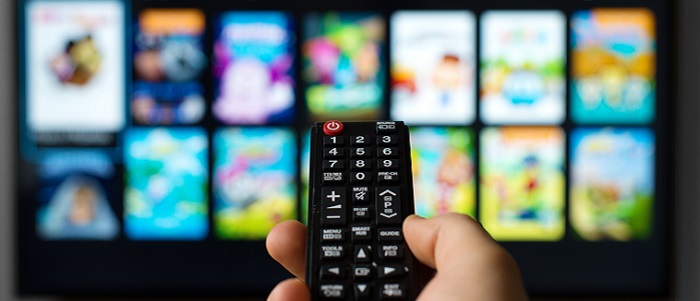
This byline originally appeared on MediaPost.
TV is dead. We hear this at a regular clip these days. This sort of speculation is apparent across the industry, with conversations driven by fear of change, uncertainty, or opportunism. What it boils down to, however, is that while much is changing, much is staying the same. Long live TV.
The TV industry has been operating a certain way for decades, and now it is being disrupted. Most would agree — although perhaps not on when or how or what — it is hard to deny that there is change underway. This disruption, which for the most part is no different than how much industry change happens today, is being made possible by technological advancement.
But what is thrusting change forward now, in this case, is consumers’ strong desire to have more control over how they spend their time. The consumer — likely the most important piece of the puzzle — is still, perhaps more than ever, seeking to be entertained with great content. That content can come in many forms, whether it’s long-form drama, comedy, short-form user-generated, feature-length movies, etc. — and may be available through subscription, ad-supported content, or a hybrid of access types.
Regardless of these details, consumer behavior is changing as sophistication about accessing content is increasing, and with it, power is tipping more toward the consumer. The methods of delivering that content and where the content is being viewed are where much of the disruption lives.
So how is this content shift impacting marketing?
For one, it is leading to an entire industry working to figure out how to evolve with change. And one of the more exciting evolutions is in the OTT (over-the-top) space, often more specifically referred to as “connected TV.”
It wasn’t long ago that many consumers were not entirely sure how to go about watching Internet-delivered content. While not ad supported, Netflix has played a role in the ad industry by breaking through and “training” the mainstream consumer on the connected TV experience. Content, on-demand, on connected devices (including the household large-screen television) is what consumers want. Specifically, the freedom to watch what they want, when they want — this is the promise of connected TV.
From the marketer’s perspective, there is already meaningful interest in how to engage with customers in this emerging method, and many marketers are moving quickly to test and learn. Of course, connected TV scale cannot yet compete with the reach of traditional linear TV, but scale is building, and the largest screen is easier to buy than ever before. That’s worth something.
More marketers will adopt the format as it continues to scale and become a mainstream distribution point for content. A few signals to look for as connected TV progresses include:
The proliferation of private deals with networks and programmers (that make content available via owned apps)
- Appearing in more media plans (resembling a more targeted TV buy)
- Content improvement — more producers will continue to add content that is accessible on connected TV, and targeting — a potentially major differentiator — will improve for the marketer partnering with platforms to execute against first-party audiences across channels.
- All of the above make connected TV particularly intriguing now, in concert with the complications that exist in the so-called “programmatic TV” world. Connected TV is relatively easy to execute in a digital and programmatic fashion today, while much of the digitization of TV lies ahead.
The ecosystem remains fragmented and un-standardized as the many layers of content owners, distributors, operators, platforms, and other interested parties continue to work to deliver value for marketers. There is an opportunity now for marketers to take advantage of the largest screen in the home and uncover the benefits of integrating connected TV into media plans to ultimately drive business outcomes.
These are exciting times for television — both for consumers and marketers. Consumers have much more choice and control today than just a few years ago. I believe this is long overdue. It is undoubtedly a win, and it will likely continue to improve as the broader television industry faces more change.
